We are still here. The plants on the side of the road, the stray dogs that were lucky, flowers in pots, cats whose lives are being documented, while so many other lives outside the limits of language that unfold and end without us taking notice, us, the people who reflect in nature, who constantly forget and remember that we are nature. Nature, be it real or imaginary, artificial or free, always slipping through our fingers yet always there for us, used and found among plastic flowers, in between technological cracks, in between what we want to protect and what we want to forget. Fragments of nature have become stranded in the city space where it built islands of possibility, enigmatically hinting at other worlds, something that our species forbids, about the banal and the magic, about adapting and fear. The nature within the city that lives here with us, despite us, that follows us, shelters us, feeds our bodies and, quite often, our made-up fears, urban nature that is us and our mirror at the same time.
The art show Nature, a project by the Foc și Pară Association (Mimi Ciora, Mircea Popescu, Sergiu Sas) brings together works that investigate nature and its relationship with the urban space using multiple approaches. The works exhibited question both the concrete way in which we coexist with other species as well as which elements of nature become symbols. The works relate to an utopian fluidity between all the elements in our world, as well as to the social pressures of everyday life, the myth of a pure and magical nature and the way in which, in the Anthropocene, we cannot talk about nature without addressing the impact of our species.
Nature and the city are two conflicting entities. A plastic bag tied to the branch of a tree as the image of the everyday banal. Photographs depicting spaces of abandonment, indifference, helplessness, imperfect places, voids left by the cut down trees. (Flo’)
A series of photographs from 2007, in which flower pots from apartment buildings are installed over reproductions of paintings throughout art history, is now resumed in the form of an installation about estrangement. The plant are replaced by a schematic and kitsch reproduction, a decoration made out of artificial materials, while a screen is showing our basic knowledge of the micro-biology of the plant. (Kozma Levente – The ecosystem of the apartment buildings)
A collection of photographs with the warning sign “bad dog” written in various ways, from mass manufactured plates to naive hand drawings, all working as an invocation of an untamed, mysterious and dangerous force of nature that is kept behind the fence to protect the property. (Sergiu Sas – Dogville)
An inventory of all living things from the artists’ apartment (potted plants, seedlings to be planted in the building’s garden, dogs rescued from the streets, human beings) in a group picture that states the way we share the same nature. (h.arta – The nature of our apartment).
The whiskers of a beloved cat, kept like in a family album that documents their diverse personalities, their relationships, events in their lives, in a memory route that is usually reserved for the lives of humans. (Svetlana Petrovici – Not all cats are the same).
The mummified bodies of some animals are considered banal, the frogs of a small ecosystem that suddenly ceded where found by the artist 17 years ago. Now they are exhibited in glass spherical cases, preserved in the image of their end of the world. (Cristina Luchici – Hyla arborea arborea)
The deer wall carpet, omnipresent in the households of the ’80s-’90s, is remade in a gesture that equals the moment of nostalgia for our childhood with the nostalgia we feel for nature. (Mimi Ciora – Carpatina Carpet)
Stones with graphic symbols that are about to be left in the wild as magical offerings for the trees that offer us so much as a gesture of gratitude for their lives which span across decades and centuries, but are often disrupted by our civilization. In contrast, we have drawings in which the landscape is made out of money signs, where life is reproduced using the filter through which our eyes are trained to see. (Newclearfairy)
A kinetic sculpture in which the boundaries of kingdoms are abolished in a playful experiment. (Ștefan Radu Crețu – JUST memory)
Images in which bits of nature that grow in the arid environment of office buildings discreetly reclaim their presence. (Ana Maria Tatu – in:betwwn)
The most common plant in the urban landscapes of the world, the ghetto palm, adapted to intense pollution, an invasive species in an ecosystem already disrupted by the human domination, is recommended as the ideal plant for the corporate office. (Ştefan Tiron & Mimi Sălăjan, The green hell is the new heaven – Timişoara in the Anthropocene era, 2012)
Delicate sketches on chalk paper impregnated with pollen that talk about controlled, manipulated, unwanted, selected, adjusted, labeled, consumed nature. (P.N.E.A.)
The syllable “tu” (you) from the word “nature” written on a mirror as a reminder of the fact that we ourselves are nature and, at the same time, nature is the environment in which we see our reflection. (Mircea Popescu – TU)
A costume for the simulacrum. Plastic is the material that best defines us. An armor of plastic flowers, simulating a luxurious and undying nature made from the same material that contributes the most to nature’s destruction. (Vlad Cadar – Funeral suit)
The simulation of happy opportunities in which family and society clearly push their pressures on each other, pressures that have been constructed as being “the nature of things”. (Simona Homorodean – Sweet moments).
Portraits of isolation painted on polystyrene, the artificial material with which we isolate our homes from the external environment, portraits of escapist visions in which one strives to reduce one’s field of vision to one’s small, controllable world. (Lea Rasovszky – The Savages)
The topographic ruler, the human bench unit for “measuring things”, in three 3D photographs, from the city to untamed nature, all under the same normative gaze. (Claudiu Cobilanschi)
The performer’s desk is a wedding table with plastic flowers and kitsch folds, but “the wedding” stands our from the “natural” patterns of heteronormativity. This sound performance tested the limits of “tasteful” culture and created a space that brings together those who are usually identified as being too “different”. (Admin)
Nature as the norm, nature in danger, nature as loss, nature as self-identifying. Things create a route of meanders and voids, with clear cut-outs and unexplored areas of the subject of nature in its various aspects, a route that this text intended to be a short guide to.
NATURE is a group project by the Foc şi Pară Association, in collaboration with the Timiş County Culture Department, at Pygmalion Gallery, Timişoara, during 23.06 – 19.07.2016.
POSTED BY
H.arta
h.arta is a group of 3 women artists (Maria Crista, Anca Gyemant and Rodica Tache) whose projects focus on knowledge production and alternative educational models in a feminist frame. We use different...
www.hartagroup.ro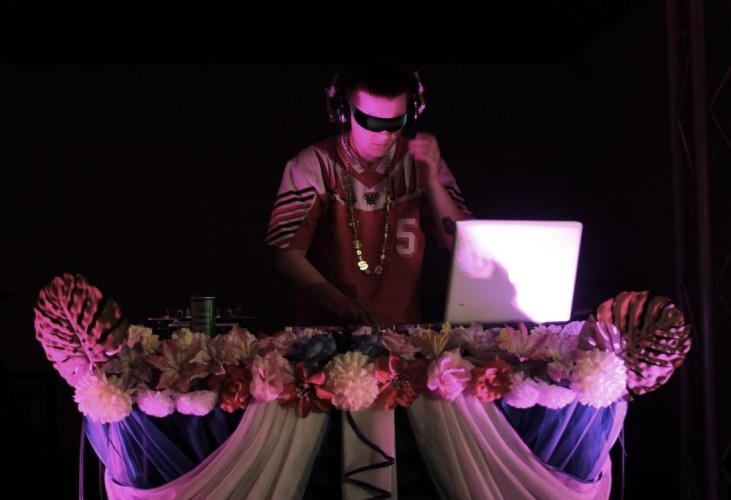
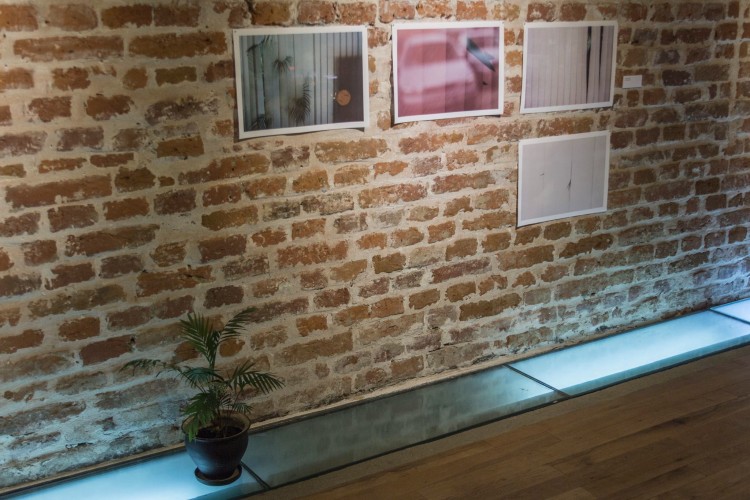
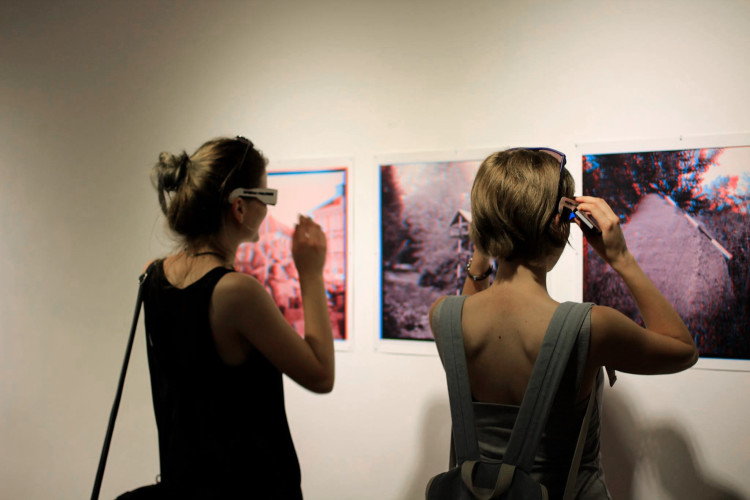
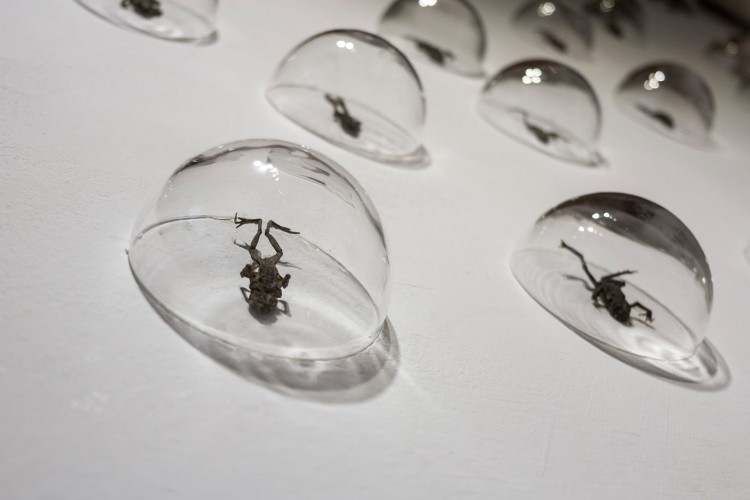

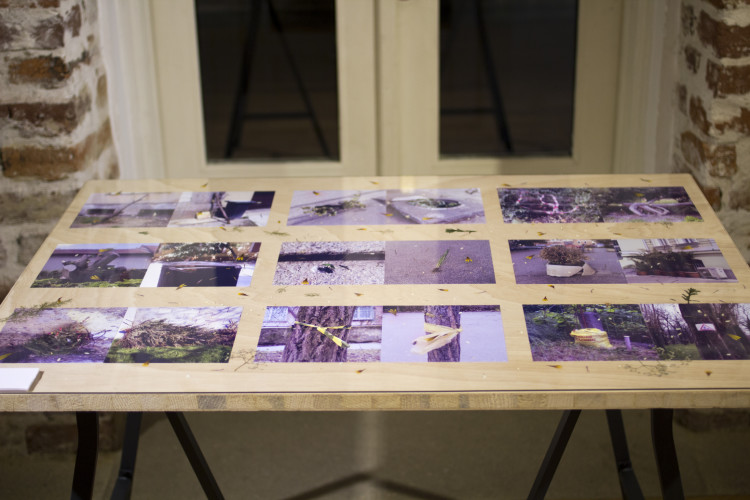
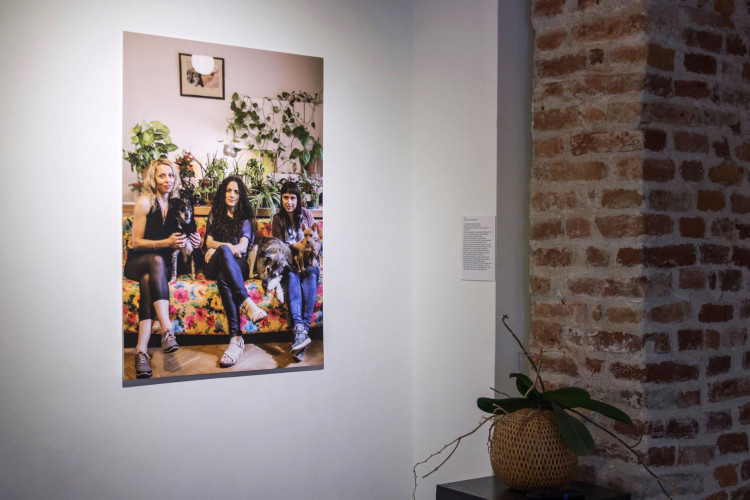
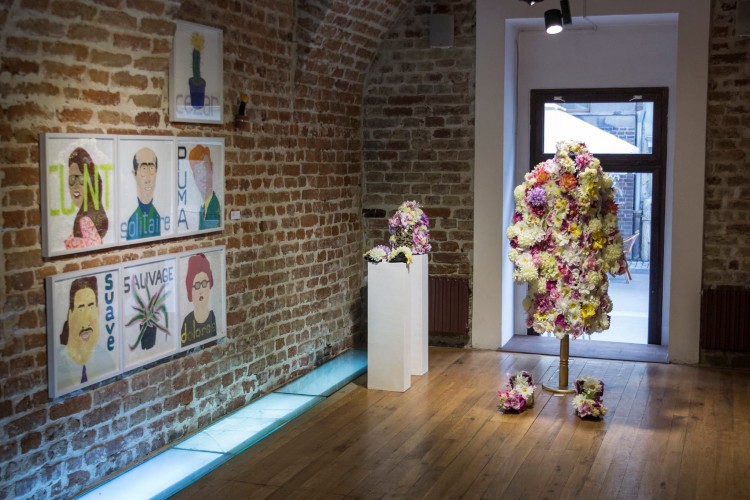
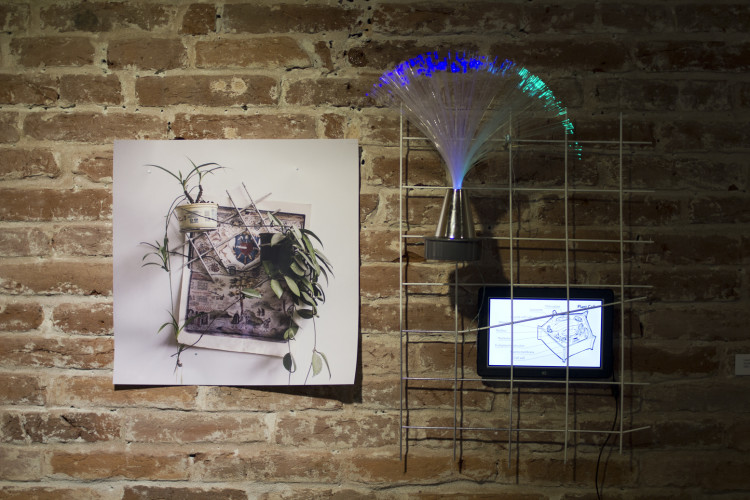
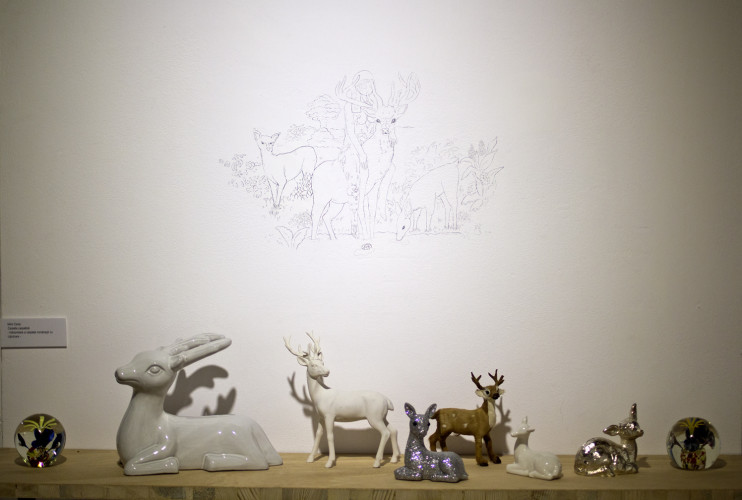
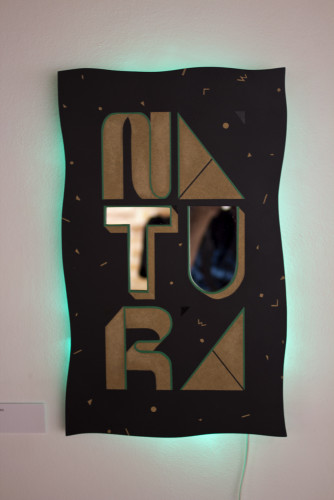
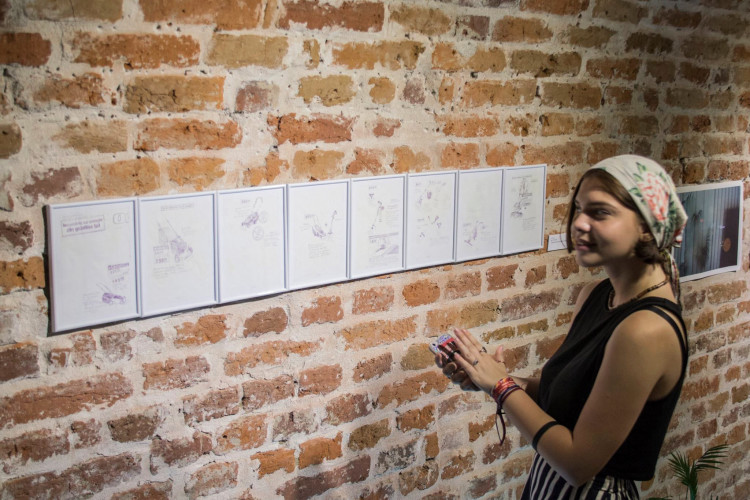
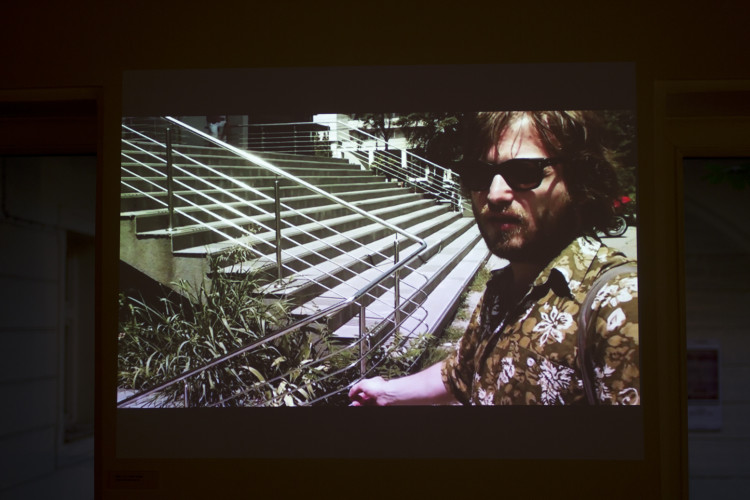
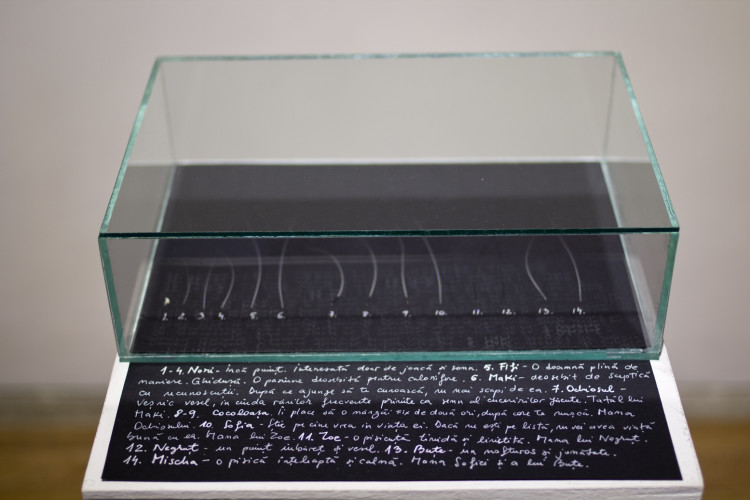

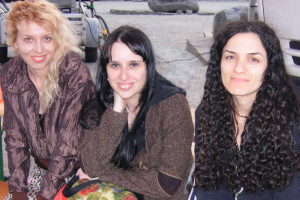
Comments are closed here.